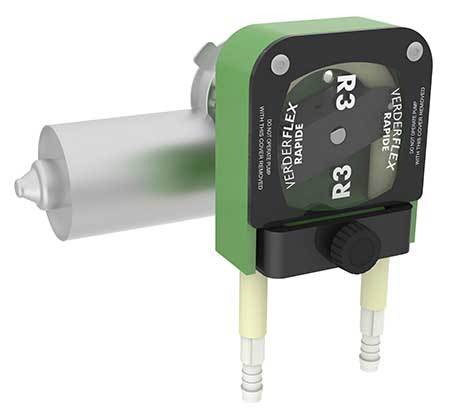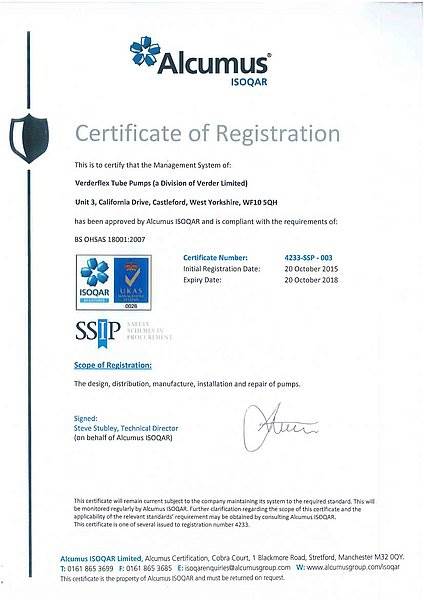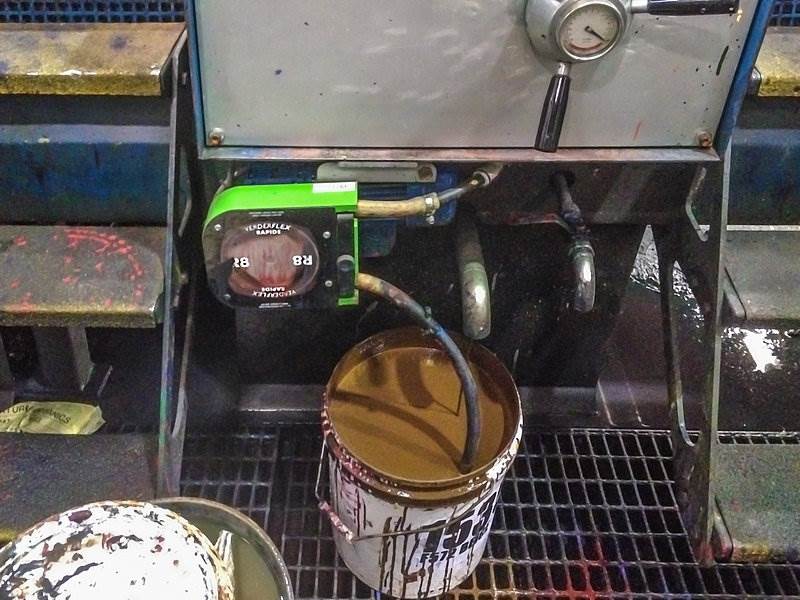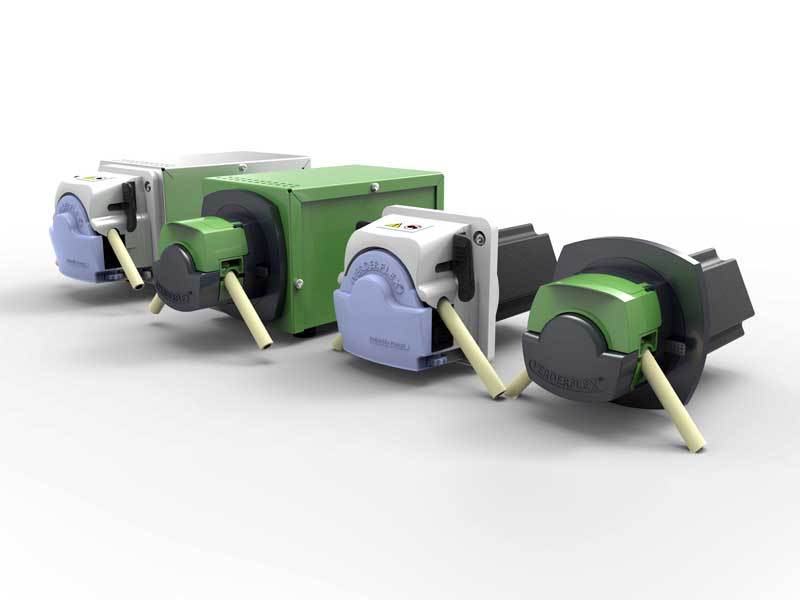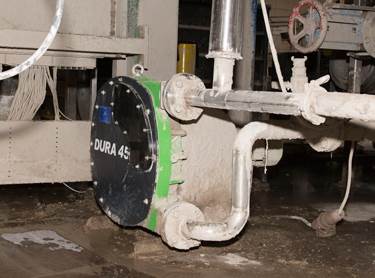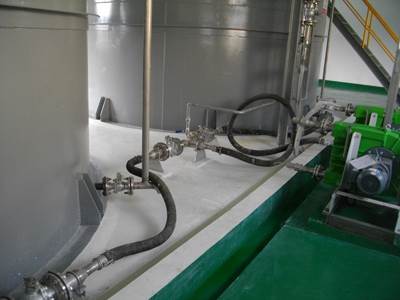- Contact 0870 350 7767
- |
- Advertise
Pumping yeast in wineries with a peristaltic pump
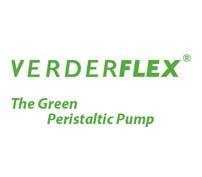 News and PR from Verderflex - Published 30 April 2015
The process to remove yeast is usually performed by introducing diatomaceous (kieselguhr) earth into the fermented wine. Yeast slurry is then pumped through a filter press with a peristaltic pump.
News and PR from Verderflex - Published 30 April 2015
The process to remove yeast is usually performed by introducing diatomaceous (kieselguhr) earth into the fermented wine. Yeast slurry is then pumped through a filter press with a peristaltic pump.Winemaking or vinification starts with the selection of grapes. After harvesting the grapes, they are taken to a winery for fermentation. Red grapes are made from the pulp fermented along with the skin, which gives it the real colour. Whereas white wine is made by fermenting the juice extracted from the grapes.
Traditionally the grapes were collected in oak vessels for fermentation. Nowadays, many wineries adopt a more modern approach of fermenting in Stainless Steel containers open at the top.
During this stage yeast may be added to catalyse the fermentation process. This usually takes one to two weeks during which the yeast converts sugar in the grapes into alcohol. The alcoholic fermentation takes place in the favourable conditions created by pumping over the mixture and pigeages (traditional stomping of grapes), along with the addition of yeast.
At the end of the process, yeast is removed to avoid spoiling of flavor and to leave the wine with a clear, crisp appearance.
Verderflex hose pumps in the filter press:
The process to remove yeast is usually performed by introducing diatomaceous (kieselguhr) earth into the fermented wine. The fine particles of diatomaceous earth attract the yeast cells to form clumps, which remain in a suspension referred to as yeast slurry. The yeast slurry is then pumped through a filter press with a Verderflex peristaltic pump, before the wine is finally stored or bottled.
A German company manufactures chamber filter press system mounted on a skid with a Verderflex VF25 industrial hose pump as part of a standard filter press system.
From the yeast slurry storage vessel, the slurry is fed into the peristaltic pump through a 32-mm suction line made from flexible Verderflex hose to reduce pulsation. The peristaltic Verderflex pump is fitted with DIN 11851, type SC stainless steel sanitary connections of 32 mm, with reducing inserts to suit the 25mm tubing. The drive of the pump is a 1.1 kW gear reducer giving a pump speed of 48 rpm, delivering 800 l/hr of product to the filter press.
On the discharge side of the filter press pump, a 32mm flexible hose is used to feed the filter press. It is important to eliminate the pulsation on the discharge side of the peristaltic pump, so in addition to the flexible hose, an air dome is installed. The air dome has a volume of approximately 20 liters, allowing it to absorb pulsation, but also to act as a pressurized storage tank for the filter.
Read more.....
Other announcements from Verderflex
-
-
EASY TO USE, EASY YO PROGRAM VERDERFLEX VANTAGE 5000
What are the benefits of the next generation peristaltic case pump system with touchscreen technology from Verderflex?
06 Sep 2016
-
VERDERFLEX PERISTALTIC PUMPS - FOR RELIABLE WASTEWATER PERFORMANCE
A leading international wastewater instrumentation manufacturer is now using peristaltic pumps from Verderflex as part of the wastewater sampler systems it manufactures.
05 Jan 2016
-
Verderflex receives 18001 accreditation
Verderflex are proud to announce that the company is now BS OHSAS 18001 accredited.
16 Nov 2015
-
Industrial Peristaltic Pumps reduce the cost of ownership for paper and packagin
A leading paper and packaging manufacturer in Australia was using Air-Operated Double Diaphragm (AODD) pumps to deliver 4-colour ink to its printers.
16 Nov 2015
-
Verderflex taking strides with the new Steptronic range of pumps
Verderflex is proud to launch its latest innovation in peristaltic pump technology, Steptronic.
25 Jun 2015
-
Recycling of cars made green & cleaner with Verderflex peristaltic pumps
Did you know that 95% of car materials can be used again/ recycled? Peristaltic hose pumps play vital role in the separation process.
30 Apr 2015
-
Dosing pumps essential to maintaining Chinese Semi – Conductor manufacturing gro
The Verderflex® VF range of industrial hose pumps are widely used in this application for dosing lime, calcium chloride and other similar agents.
03 Feb 2015






